Why does a Brit fight for the truth about Nicholas II and the Romanovs?
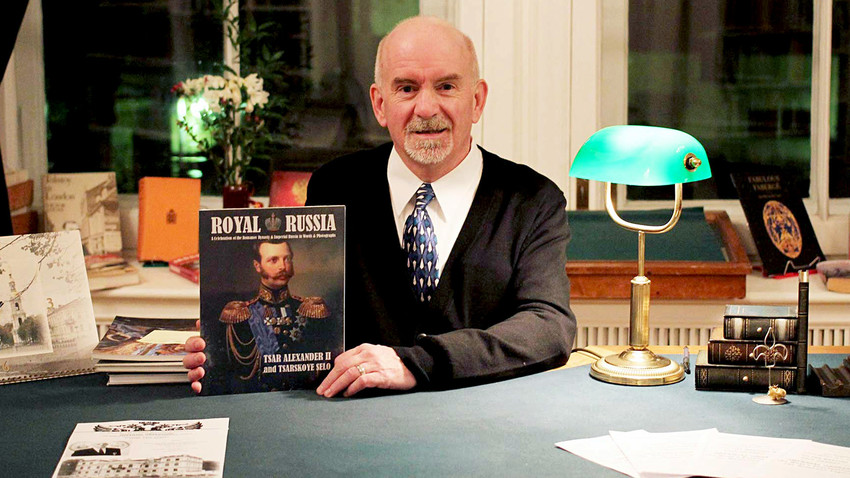
Paul Gilbert, founder of Royal Russia organization
Courtesy Paul GilbertAn entire iconostasis dedicated to Nicholas II stands on the table in Paul Gilbert’s home library and office room in Canada: There are several icons of the tsar and his family, a bust and a reproduction of a portrait by Valentin Serov
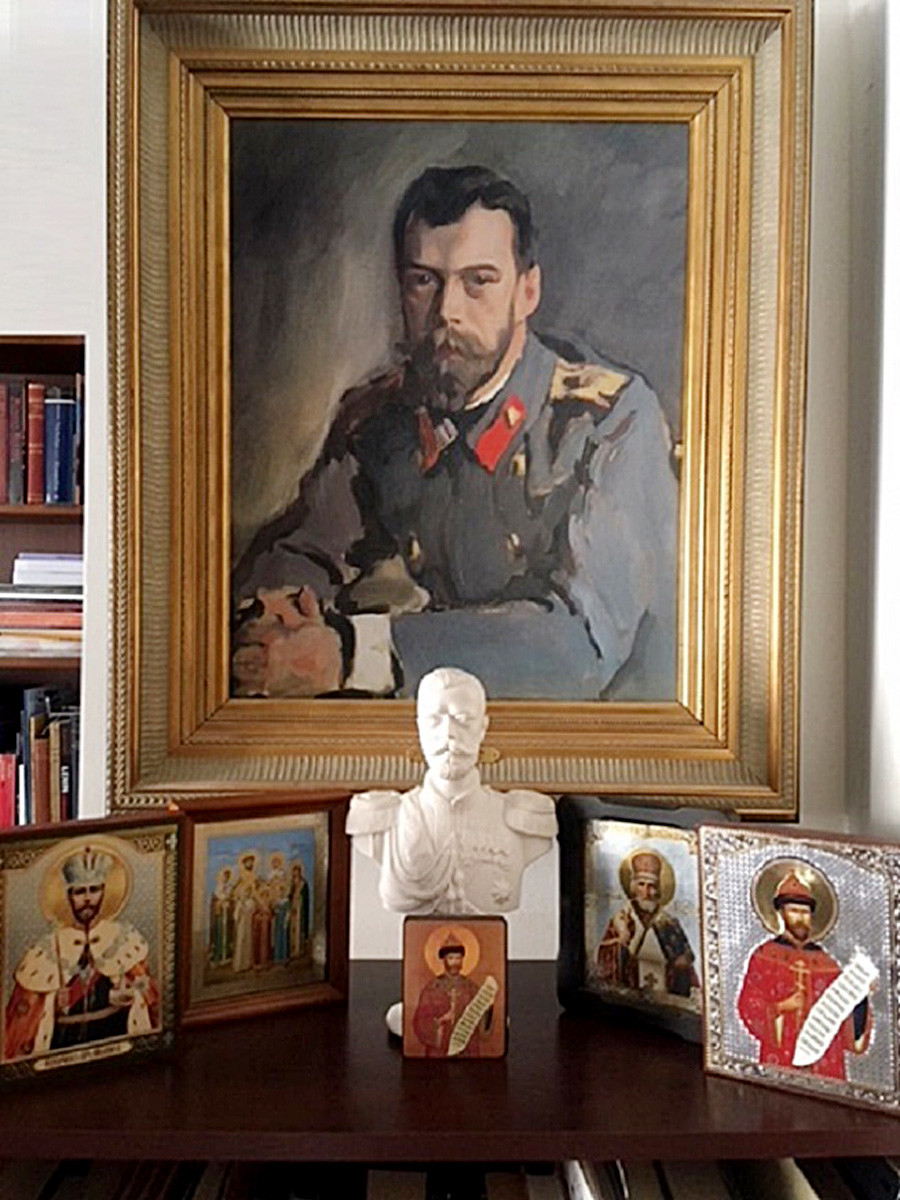
A corner of Paul's home office/library
Courtesy Paul GilbertIn October, Gilbert sets off to his native England which he left with his parents at an early age. He will host a major conference commemorating Russia’s last tsar, Nicholas II, the 150th anniversary of his birth and the 100th anniversary of his death
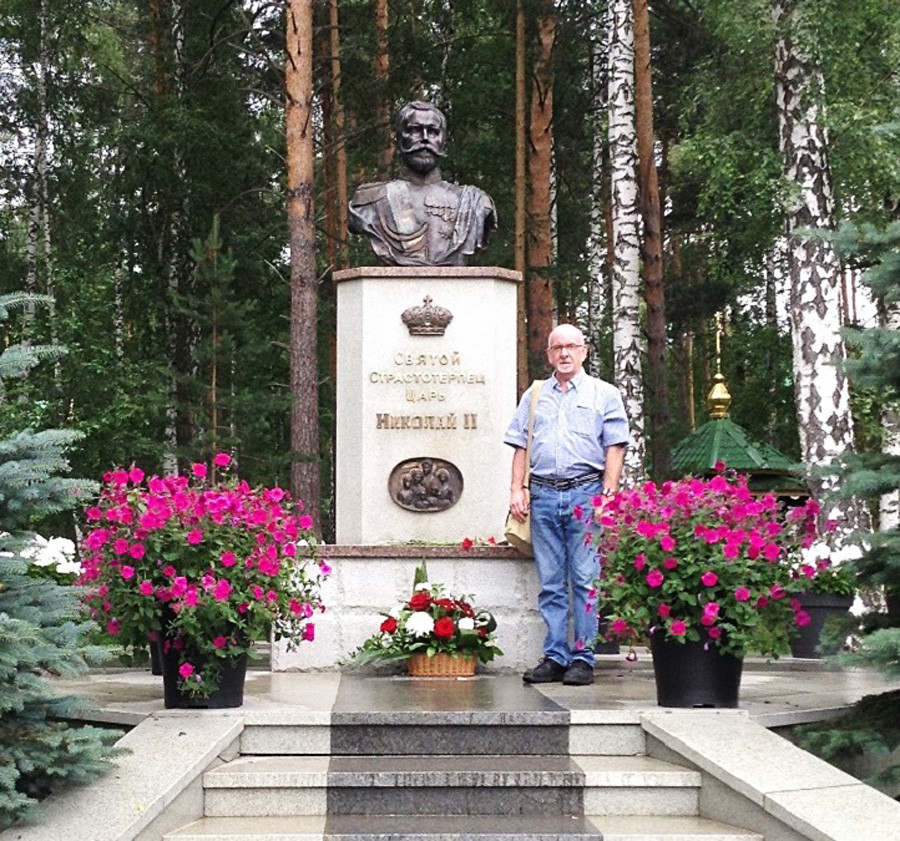
Paul Gilbert at the Monument to Nicholas II in Ganina Yama, not far from Ekaterinburg, 2018. Bodies of Tsar Nicholas II and his family were first secretly transported to this place from the Ipatyev House where they were murdered
Courtesy Paul GilbertEnlightening mission
In 1994, Paul founded Royal Russia, an organization that aims to provide more accurate information about the House of Romanov. The official website shares news, vintage film footage, and photos about current palace restorations, exhibitions, Imperial Faberge jewelry and more
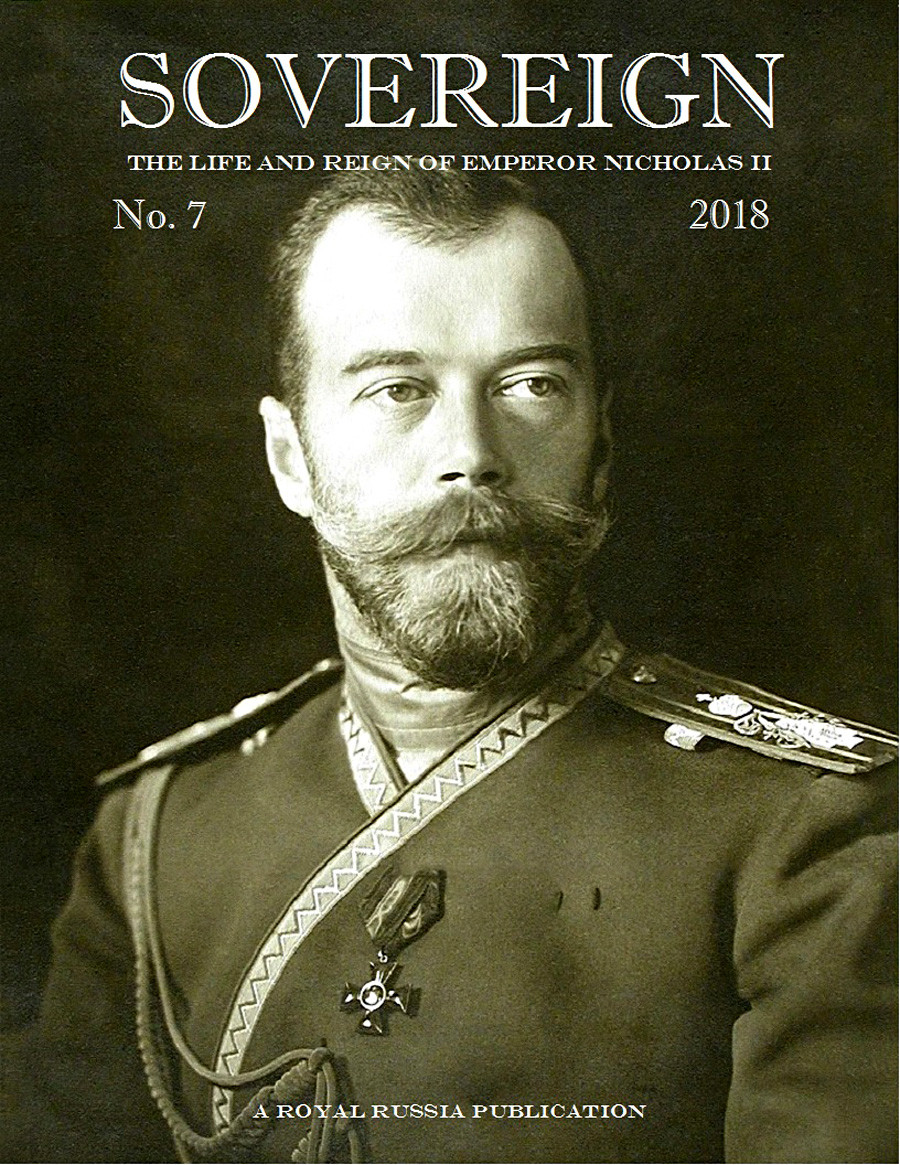
'Sovereign' magazine published by Royal Russia, No. 7, 2018 issue
Courtesy Paul GilbertIn autumn 2018, Gilbert’s first monograph, My Russia.

Paul Gilbert at the Church on the Blood, Ekaterinburg, 2018
Courtesy Paul GilbertLove affair with Russia
Even though he has no Russian roots, Gilbert has had an interest in all things Russian from an early
During the previous 25 years of his life, Gilbert has dedicated himself to full-time research and writing about the history of the Romanov dynasty. He has traveled to Russia 29 times, first in 1986 when it was still taboo to talk about the Romanovs because of communist propaganda

Paul Gilbert wearing the Order of St Stanislaus 3rd Class elevated by Grand Duchess Maria Vladimirovna
Courtesy Paul GilbertIn 1998, Gilbert was invited to the historical reburial in St. Petersburg of the remains of Nicholas II, his wife and three of their five children. There, Paul became acquainted with representatives of another branch of Romanov descendants, Princes Nicholas and Dimitri Romanovich.
Romanovphiles
The upcoming conference in the English city of Colchester will gather about 150 participants from all corners of the UK, as well as from Europe (including the Vatican), and as far as Canada, the U.S., and Australia.
“They come from all walks of life, and include historians, Orthodox Christians, members of the clergy, monarchists, and supporters of Nicholas II,” says Gilbert
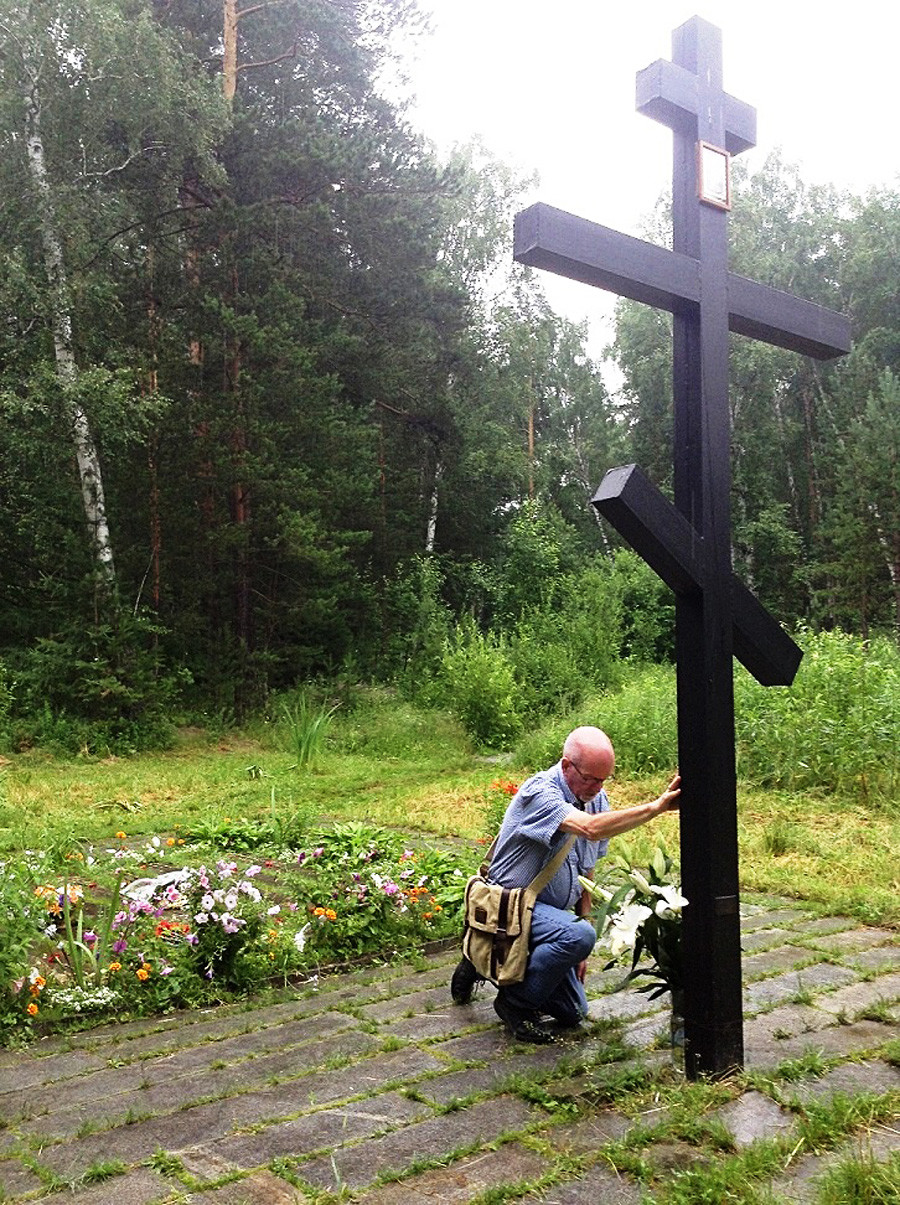
Paul Gilbert at Porosenkov Log monastery, Ekaterinburg, 2018
Courtesy Paul GilbertThe Imperial family enjoyed photography very
Gilbert points out that these images of the tsar and his family continue to fascinate us today because we see a happy loving family living in a “world that’s about to vanish in one of the most horrific and violent pages of
Read more: Why did Britain’s King George V betray Russia’s last tsar?
If using any of Russia Beyond's content, partly or in full, always provide an active hyperlink to the original material.
Subscribe
to our newsletter!
Get the week's best stories straight to your inbox